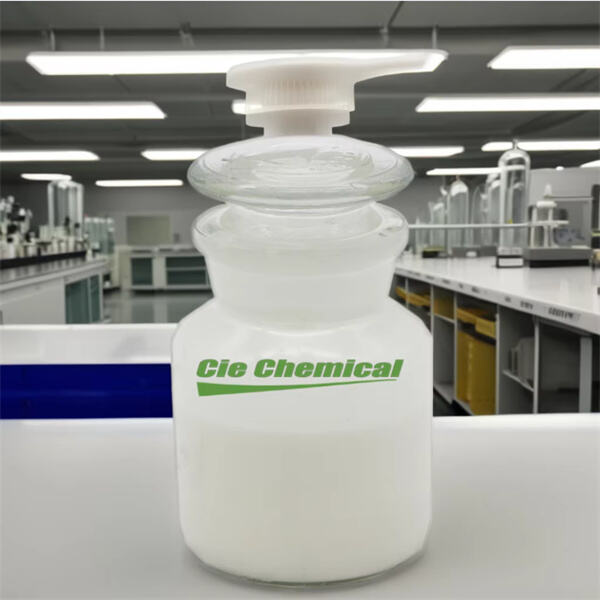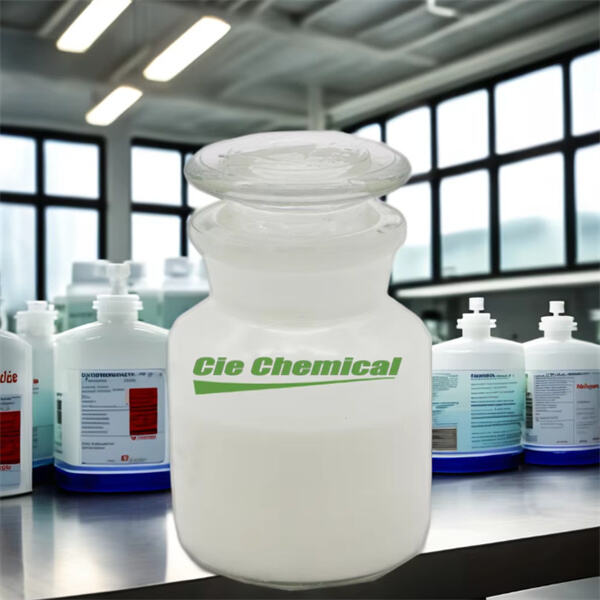Fipronil insecticide is a highly potent bug spray that can place pests such ants, cockroaches and termites, under control. This is a bug spray coming from CIE Chemical, a company that cares so much about our houses being filled with obnoxious insects. So, how exactly does fipronil insecticide make houses bug-free?
Fipronil insecticide is really good at killing insects. It does so by acting on the nervous system of insects, which then lose the ability to move or eat. That means bugs like ants and cockroaches will soon be weakened and dead after contacting plant growth regulator. Spray a couple of this bug on your home and say goodbye to those bugs bothering you!

Fipronil is a selective insecticide that disrupts the insect central nervous system. When bugs encounter fipronil it blocks their nerve signals so that they become paralyzed and die. This is why fipronil insecticide is so effective at controlling pests such as termites and fleas. It works from the INSIDE out, would be a powerful weapon against those pesky bugs.

Although fipronil insecticide is very effective at eliminating bugs, it is also essential to use it safely. Never fail to read the label directions before using this insect spray. Wear gloves and a mask if you want to shield yourself from any chemicals on the spray. Children and pets should be kept out of treated areas while the bug spray is wet, otherwise serious illness or death could occur if it is ingested. You can safely and successfully use fipronil insecticide in your home by taking these safety measures.

Fipronil insecticide is supposed to attack insects such as ants and termites, but can also harm other bugs. Fipronil insecticide can be harmful to bees and beneficial insects that come into contact with treated surfaces. To safeguard these valuable insects it’s important to use fipronil as an insecticide responsibly and not spray on places where bees or other helpful insects are visiting. We can help protect our environment and keep our homes bug-free by being mindful of the fipronil insecticide.